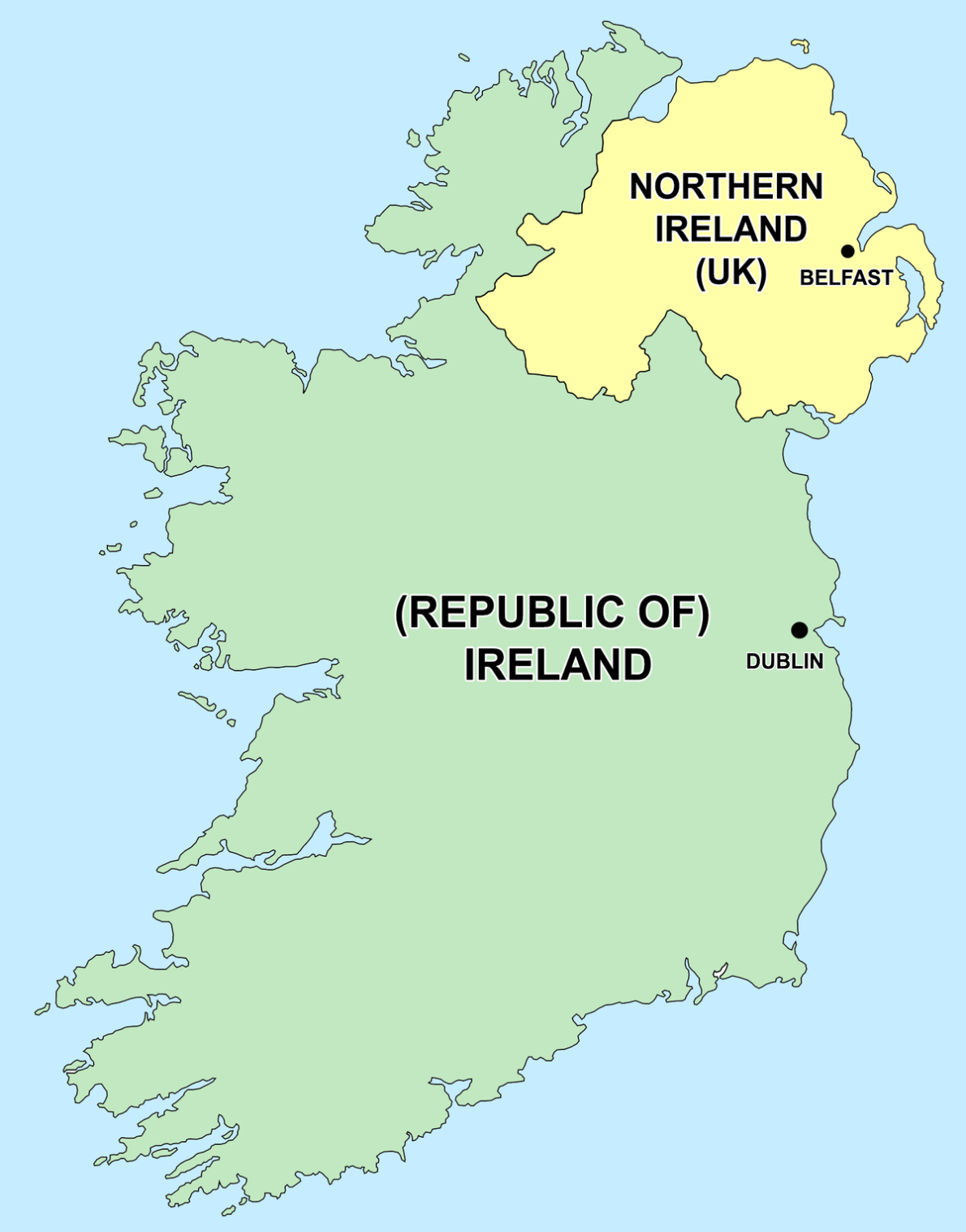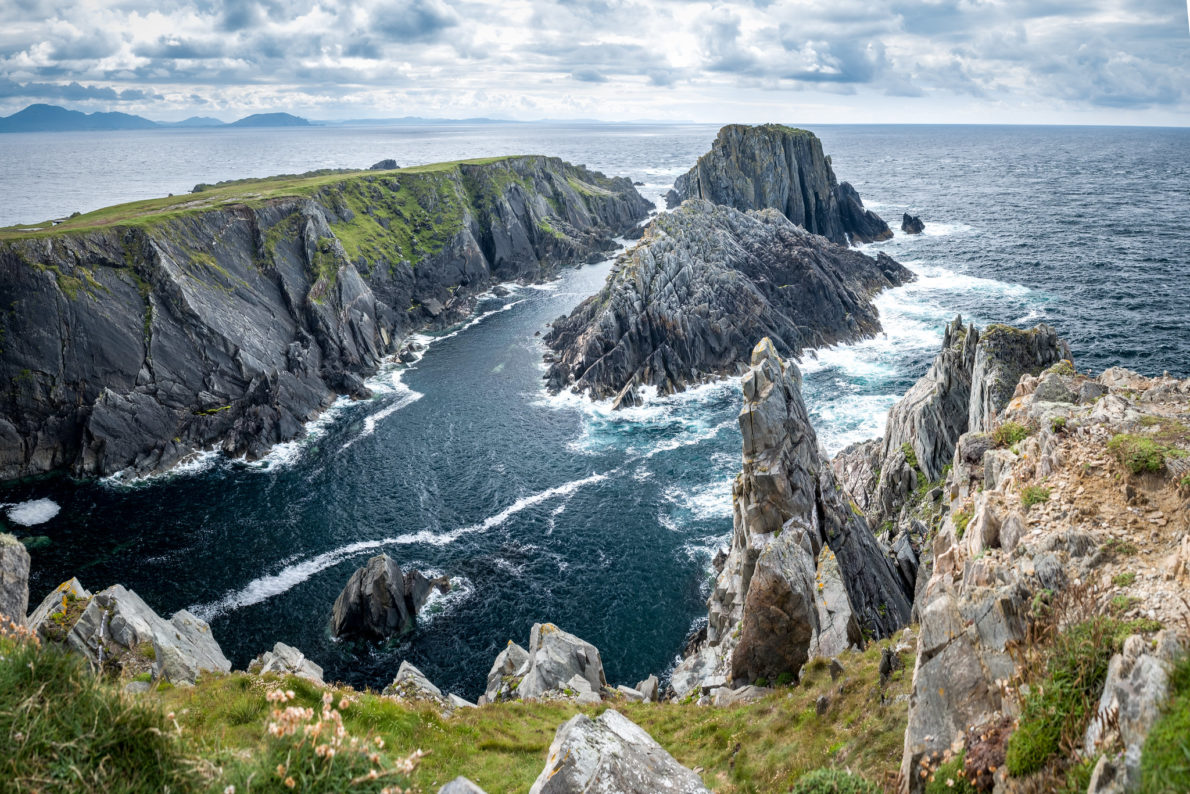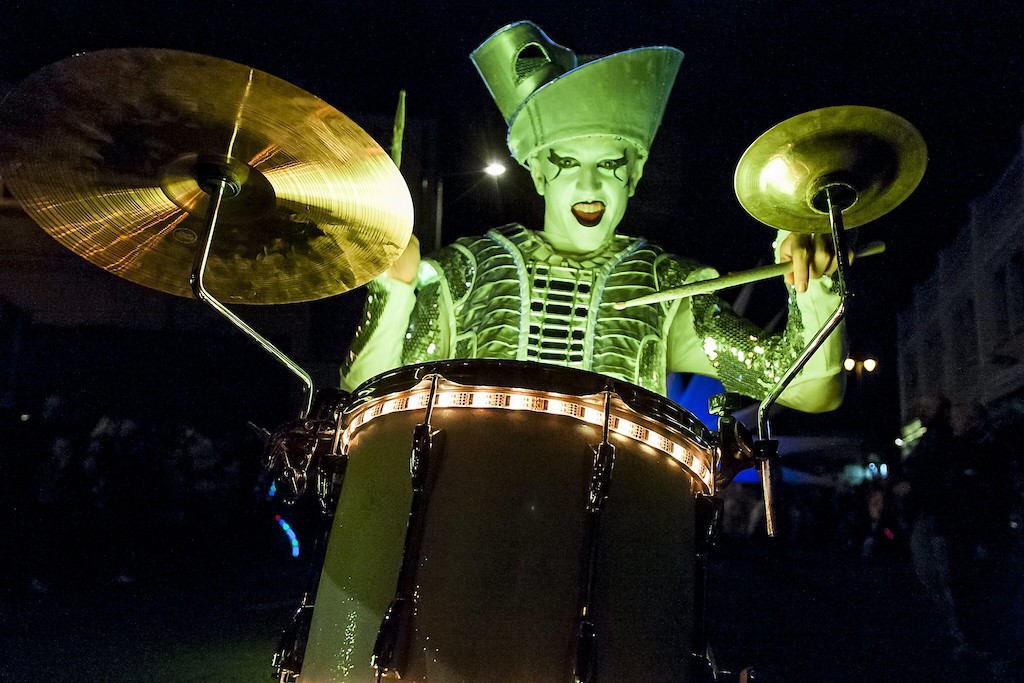Ireland is a fascinating place but it’s also a destination where the weather may not always cooperate with your visit. Still, you might be surprised to find out that the weather isn’t that bad in Ireland and temperatures can be quite mild year round.
In this article, I will talk about the best time of year to visit Ireland, and I’ll cover a lot of topics like the weather/rain, temperature, and also give you some insight into special events that take place around the year.
Table of Contents
When is the best time of year to visit Ireland?
The best time to visit Ireland will depend on your personal travel goals, but I would recommend the month of May for the mild weather and the amount of daylight or perhaps shoulder season during the spring or fall to avoid the throngs of tourists and higher prices.
You’ll want to do some research into all times of the year, and so below I have included a lot of helpful information about what you can expect during the different months when visiting Ireland.
Tip: Use the free app WalletFlo to help you travel the world for free by finding the best travel credit cards and promotions!

Ireland geography (map)
In case you are not aware, Ireland is an island located on the western fringe of Europe in the North Atlantic Ocean that consists of two countries: the Republic of Ireland and Northern Ireland. This gets a little confusing for some people because Northern Ireland is a part of the United Kingdom (UK). But the Republic of Ireland and Northern Ireland/UK are two distinct countries.
The rest of the UK is next-door and consists of Scotland, Wales, and of course England. And if you really want to dig in deep, Great Britain comprises Scotland, Wales, and England but NOT the Republic of Ireland and Northern Ireland.
And finally, together Great Britain (Scotland, Wales, and England) and Ireland (the Republic of Ireland and Northern Ireland) make up the “British Isles.”
In this article, I am just going to focus on the island of Ireland, with a large focus on Dublin.

Ireland climate/weather
Ireland does not have the best reputation when it comes to weather. When you think of Ireland, you probably imagine a cold, cloudy, and damp destination at most times of year. But that’s not always true.
Temperature
Ireland has a “maritime climate,” which means that it has cool summers, mild winters, and the temperatures don’t have dramatic swings. So the winters never get that bad and the summers are very cool.
For example, the coldest month in Dublin is January with an average temperature at 41°F (5°C). That’s not bad at all considering how north Dublin is (it would be well into Canada).
Even though winter temperatures are pretty mild, harsh winds and rain can certainly make it feel colder. The good news is that the harsh Atlantic winds don’t hit Dublin as hard due to its location on the east coast of the island.
I think Ireland really shines with its cool summers. The hottest month in Dublin is July with an average temperature of 60°F (16°C). June through August can be great times to visit Ireland to escape the hot and humid summers you will experience in the lower latitudes because you’ll be spending a lot of time in 60ºF weather. A “super-hot” day in Ireland would be a day that creeps towards the high 70s ºF.
The lows during these months can often drop down into the mid-50s, so this is similar to what you might find in San Francisco during many parts of the year. So if you’re visiting Dublin, you should bring a sweater and layers, regardless of what time of year you’re visiting because it will likely be chilly in the morning and at night.
Precipitation/rain
Rain can be a buzzkill when planning a trip to Ireland but Dublin is located on the drier side of the island. In fact, Dublin averages about 30 inches of rain per year which really isn’t that bad.
The thing about Ireland is that the rain isn’t highly concentrated to one season like it might in the tropics — it’s distributed roughly evenly year round. This means that you should pretty much always expect to get hit with a little bit of rain when you visit Ireland. (This is why it’s smart to always carry a waterproof jacket with you.)
For Dublin, the spring has the least amount of rain (along with July). As you already saw, temperatures can be pretty mild in May, so May can be a great time to visit Ireland, especially if you visit during the latter half of the month.
Rain will take place during the summer but it’s often short-lived.
The rain will usually pick up in August and other months like October, November, and December, so be prepared for a wetter experience in those months.
Other parts of Ireland can receive more rain, such as Malin Head, which gets 40 inches per year. Or if you head even more west to places like Valentia, annual rainfall picks up to 61 inches per year, twice of what Dublin gets.
In Dublin, snow can happen in winter but it’s not very common and usually more of a “dusting” than huge snowstorms (hail is more common than snow).
Sunshine
May through July have an average of six hours of sunshine in Dublin so it’s not nearly as dreary as you might think. However, remember that there is a lot of daylight during the summer so you may still see a lot of cloud coverage on some days.
If you’re visiting during winter, you may only get a couple of hours of sunshine when visiting in November through February because daylight is limited. This means that doing scenic drives during the winter time is not exactly ideal because you won’t get a lot of daylight to truly see a lot of sites (though it can be done).
Sea temperatures
Ireland has some seriously stunning stretches of coastline. However, the sea temperatures are not very warm and so you probably won’t want to be taking a dip in the ocean.
August and September are the warmest months for the sea and the temperatures are 59ºF, which is pretty cold and not a comfy temperature for swimming (again not too different from Northern California). During the winter, the temps drop below 50ºF which obviously isn’t too fun. But surfing can still be a possibility in some places.
Crowds
As you can imagine, the summer is going to be peak-season with the most crowds and highest prices. Peak season will start to pick up during May and last through August, which is why the spring and fall are recommended to avoid crowds.

Things to do in Ireland
Below, I will highlights a lot of the different things you can do throughout the year when visiting Ireland.
Tip: Use WalletFlo for all your credit card needs. It’s free and will help you optimize your rewards and savings!
January
Pubs are a very popular destinations in the winter (and also year round in Ireland). While England is big on pub culture, I’m not sure it means the same that it does in Ireland. As Ray Commins, Co-Founder of Generation Tours states:
“The pub is ingrained in our culture – a meeting place where friends are made, old tales told and new shared stories made, and the character of Ireland expressed through the very characters you encounter – so, whatever time of year you find yourself in a pub in Ireland, it’s the best time of year for it!”
There are countless pubs to choose from in Ireland but consider heading to the Brazen Head, which is Dublin’s oldest pub that has been in existence since 1198.
If you are visiting during the winter and you don’t have a lot of daylight to work with there are still a lot of indoor activities you can look into doing like visiting museums. Think about visiting the following destinations:
- Croke Park’s GAA Museum
- Dublinia
- The Little Museum of Dublin
- Irish Rock N Roll museum
- Guinness Storehouse
- Irish Whiskey Museum
- Irish Emigration Museum

March — St. Patricks’s Day
One of the perks of visiting in the middle of March is experiencing St. Patricks’s Day in Ireland. Over the span of several days, you can enjoy a lot of activities, including the main parade that takes place in Dublin. The actual holiday is on March 17 and you can expect the cities around the country to pretty much shut down in celebration of the day.
April & May
Toward the end of March and into April/May you will be able to experience some of the beautiful spring wildflowers like daffodils, fuchsias, bluebells, and wild garlic. If you really want to see these wildflowers, you might want to head to Burren National Park.
June & July
July through August is when things really pick up for tourists. So while the weather maybe better during this time of year, you can expect higher prices for hotels and also to deal with more crowds.
Some festivals you might think about attending are:
- Dublin Writers Festival
- Galway International Arts Festival
August
Europeans love to travel during August though, so I generally try to avoid Europe during this month but you can still find a lot to do. Puck Fair is one of Ireland’s oldest fairs that takes place during August annually for three days on the 10th, 11th and 12th. You can also look into:
- Kilkenny Arts Festival
- Rose of Tralee
- Durrow Scarecrow Festival
September
September may be your last shot to do a lot of outdoor activities, especially those that require travel via the ocean. The rain will start to pick up at this time but fall foliage can also be spotted.
Fall might be one of the best times to visit Ireland in large part because there are also a lot of festivals which include:
- Galway International Oyster and Seafood Festival
- The National Ploughing Championships
- Galway International Oyster Festival
- Kinsale Gourmet Festival
- Armagh Food & Cider Festival
October — Halloween
If you’re looking for a unique place to experience Halloween, then Ireland is the place to be. It’s known to be the birthplace of the holiday and it has some seriously unique Halloween experiences. Derry-Londonderry is definitely the spot for that. But you might also consider the following events:
- Galway Aboo Halloween Festival
- Cork’s Halloween Parade
- Belfast’s Monster Mash
In Belfast you might also catch a celebration for the Mexican Day of the Dead. If you really want things to get interesting for Halloween consider checking out Spirits of Meath Halloween Festival in the Boyne Valley where visitors can reenact ancient Samhain rituals. Read more about fall activities here.

November
Some establishments including hotels may start to shut down in October and through November and the winter so certain venues may not be open.
December
Ireland can be a great December destination with the Christmas Market at Belfast’s City Hall and also in Dublin.
You can also experience some unique events in December like the Winter Solstice Newgrange in County Meath’s Brú Na Bóinne. It takes a little luck with a lottery draw, but you can experience the unique passages and chambers during the solstice if you’re chosen.
Another unique winter attraction would be watching Panto or Pantomime which is a form of theatre in Ireland which can be seen at The Gaiety Theatre around Christmas and New Year.
Northern lights
It is possible to see the northern lights in Ireland/Northern Ireland. However, this will be on occasions during strong solar activity. If you really want to see the aurora, I’d head to a place like Tromsø. If you want to get some great tips on experiencing the northern lights, I suggest you read my article here.

Final word
As you can tell, there are pros and cons to visiting Ireland at each time of the year. Personally, I would shoot for May when visiting Ireland because of the nicer weather and the fact that it is on beginning of peak season. Visiting during shoulder seasons like April and September can also have benefits.
And while I wouldn’t necessarily want to visit during the colder and darker months, there are still worthwhile reasons for being there like checking out Halloween, the Christmas markets, and other unique seasonal events.
Daniel Gillaspia is the Founder of UponArriving.com and the credit card app, WalletFlo. He is a former attorney turned travel expert covering destinations along with TSA, airline, and hotel policies. Since 2014, his content has been featured in publications such as National Geographic, Smithsonian Magazine, and CNBC. Read my bio.

